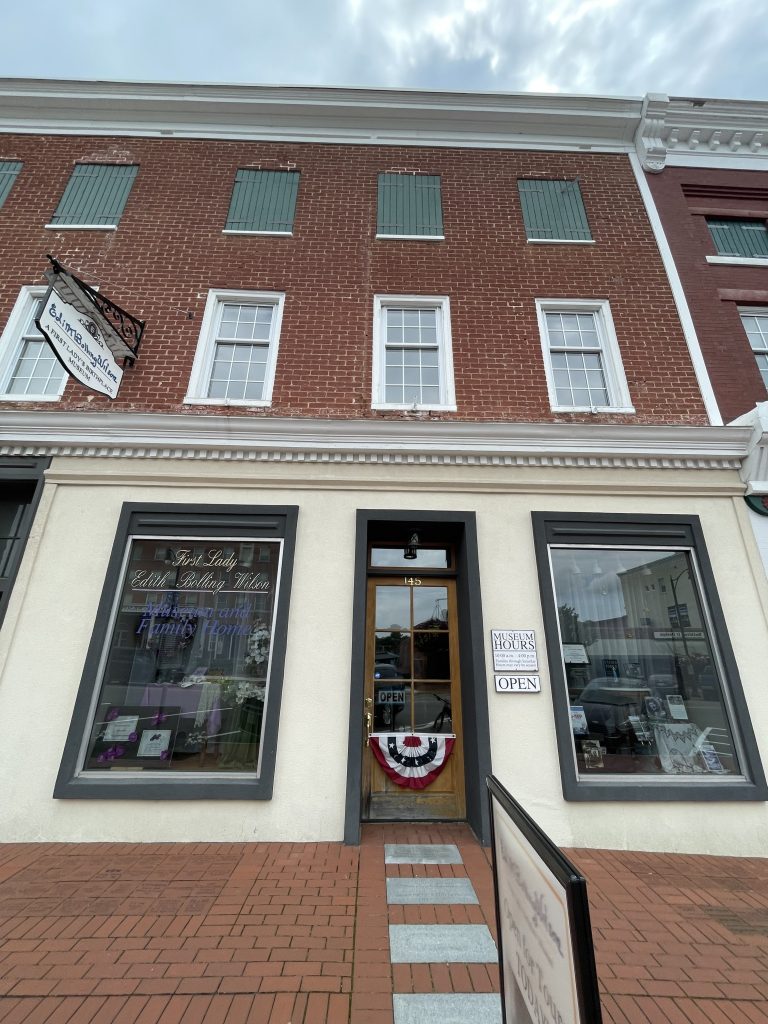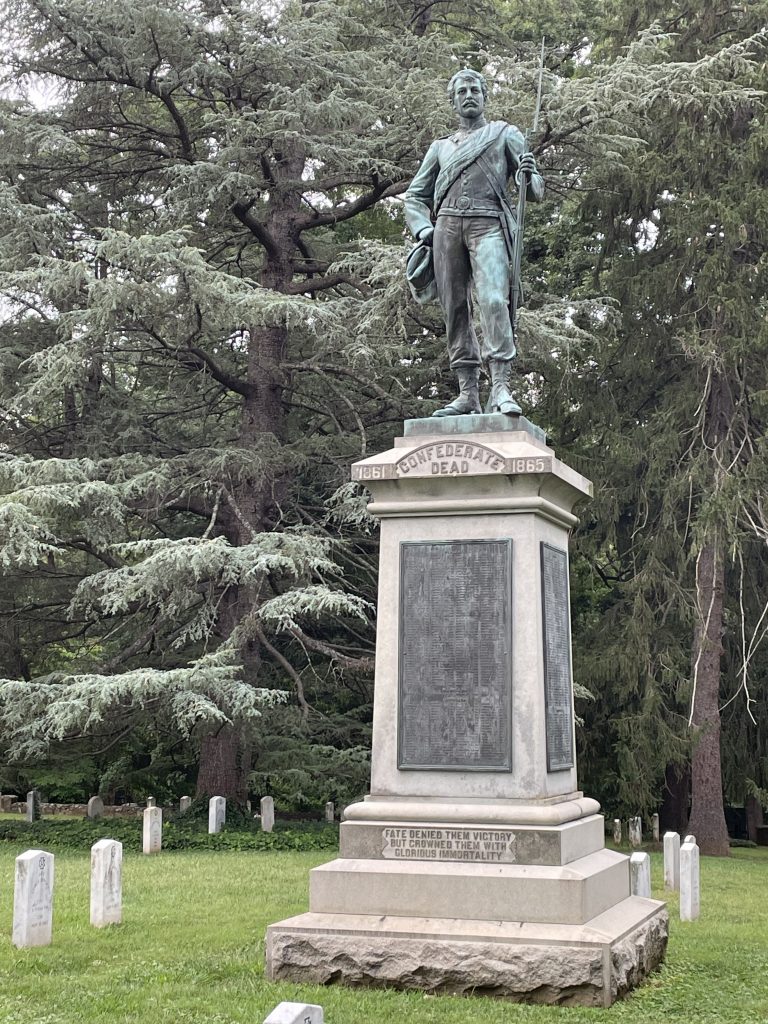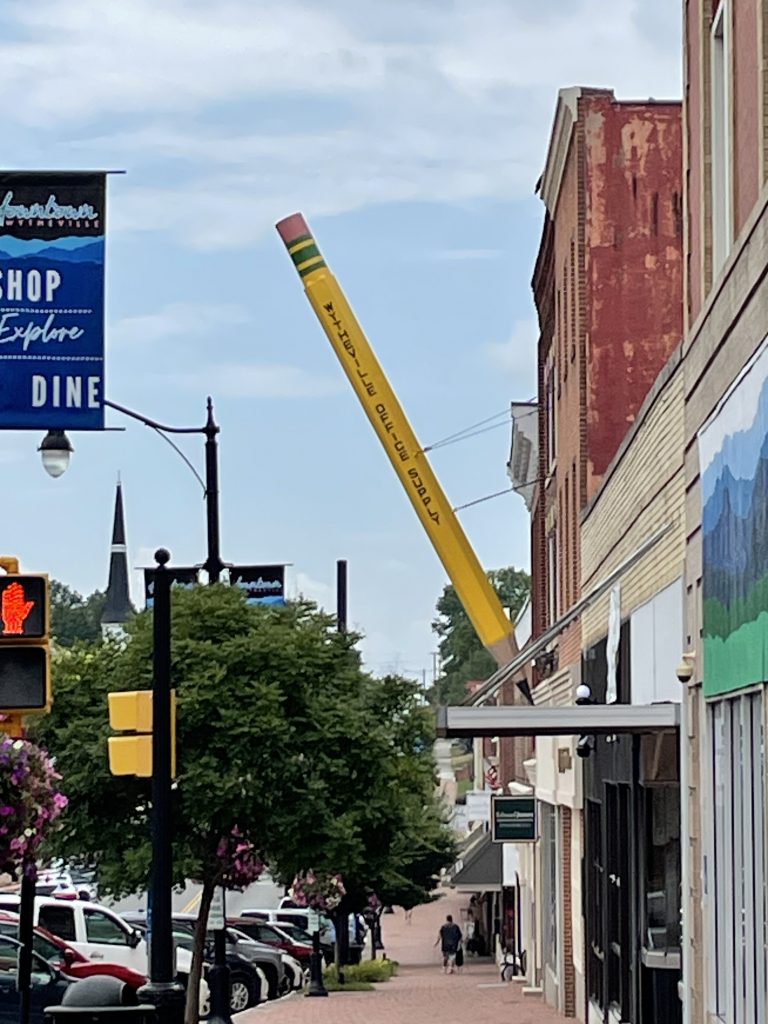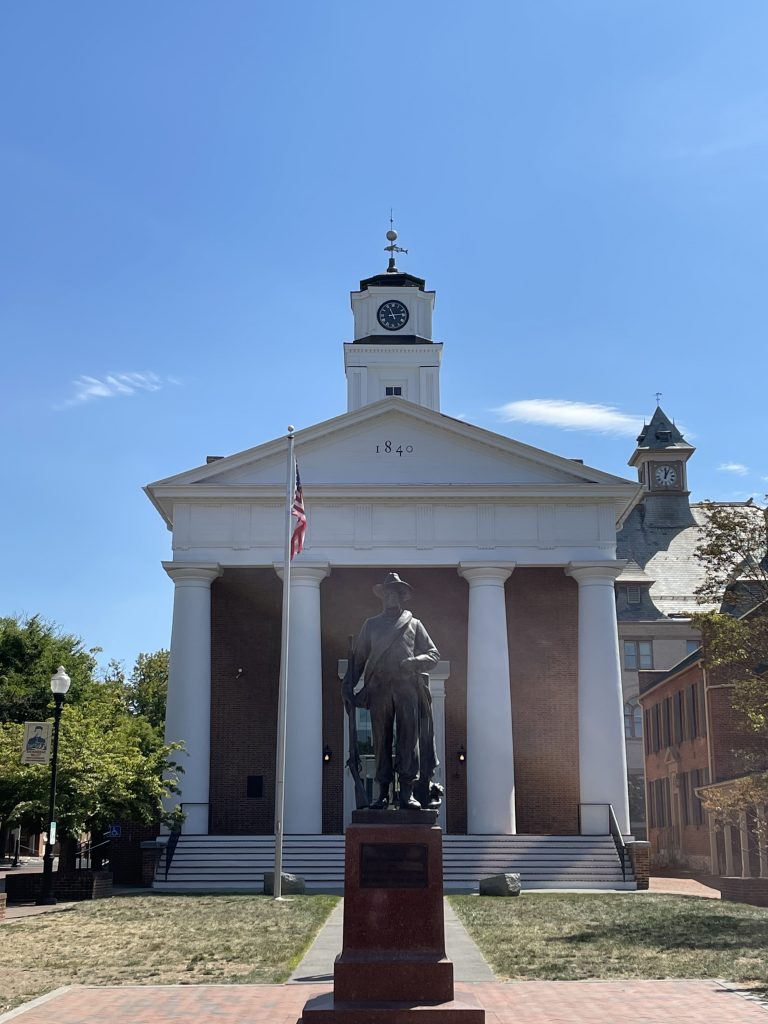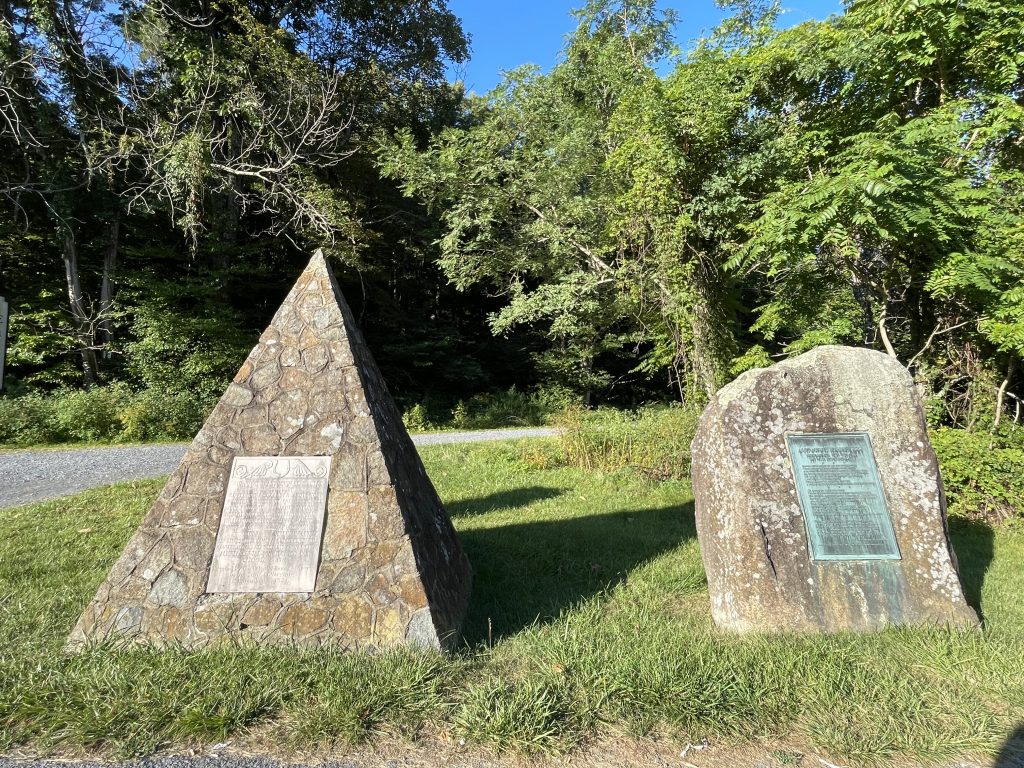Here is another collection of random things we saw in the Western end of Virginia that were interesting but not worthy of their own post.
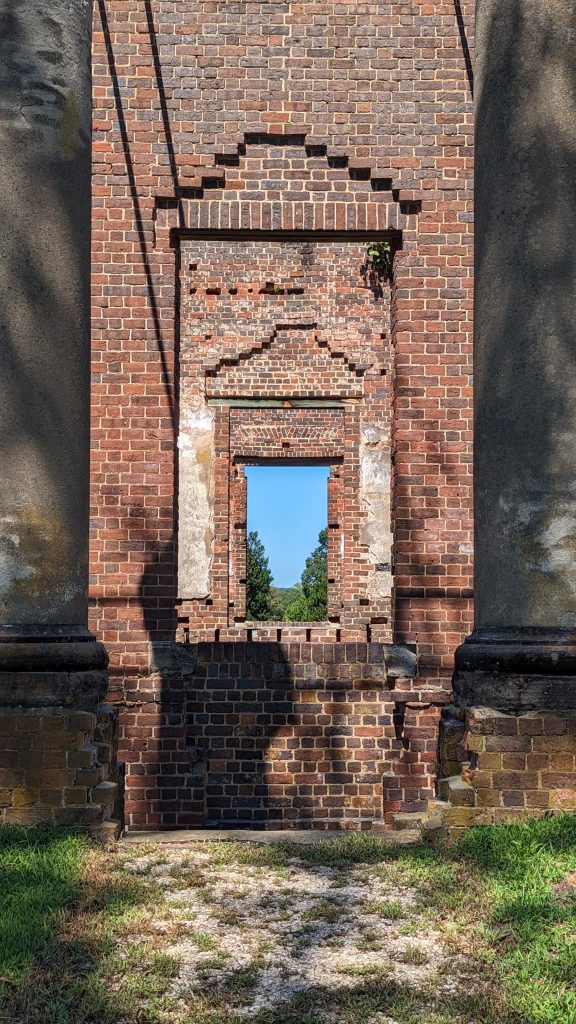
The ruins of James Barbour’s mansion, located in Barboursville, Virginia, now accessible at the Barboursville Vineyards, are a quick stop.
Barbour (1745 – 1842) was a U.S. Senator, U.S. Secretary of War, and Virginia Governor, and his home was designed c. 1822 in the Neo-Palladian style by –– who else –– Thomas Jefferson (that man got around with his architecture!).
Jefferson’s original scheme included an octagonal dome, but it was not included in the final construction. The home featured eight principal rooms, with the hall, drawing room, and dining room each being two stories.
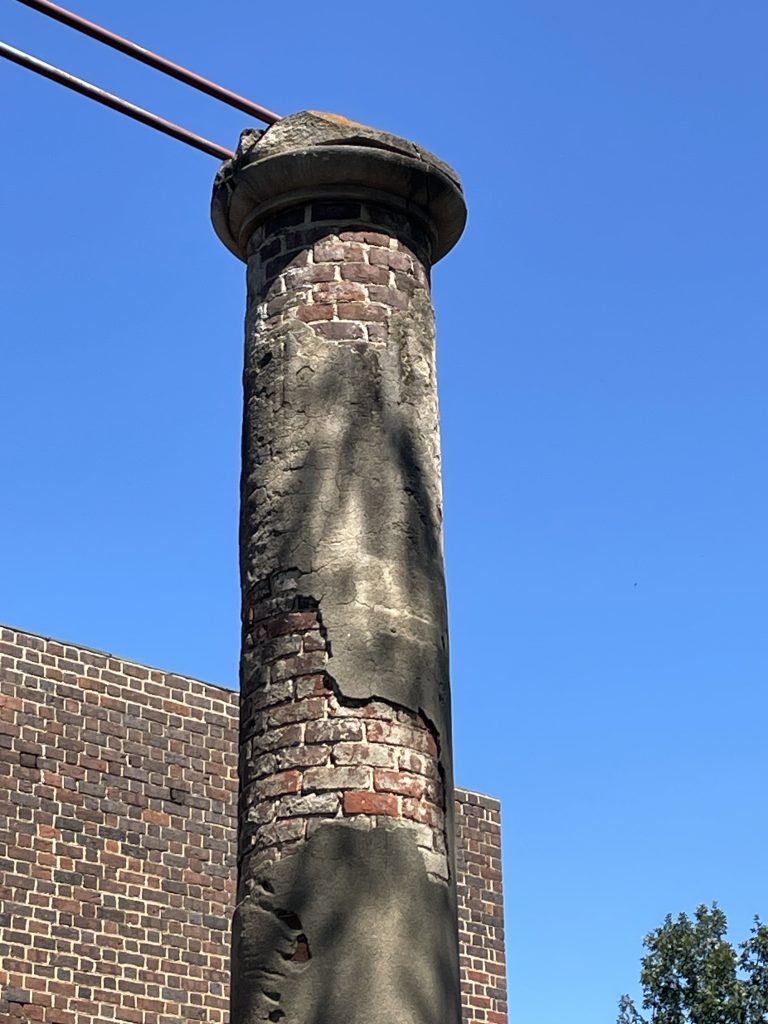
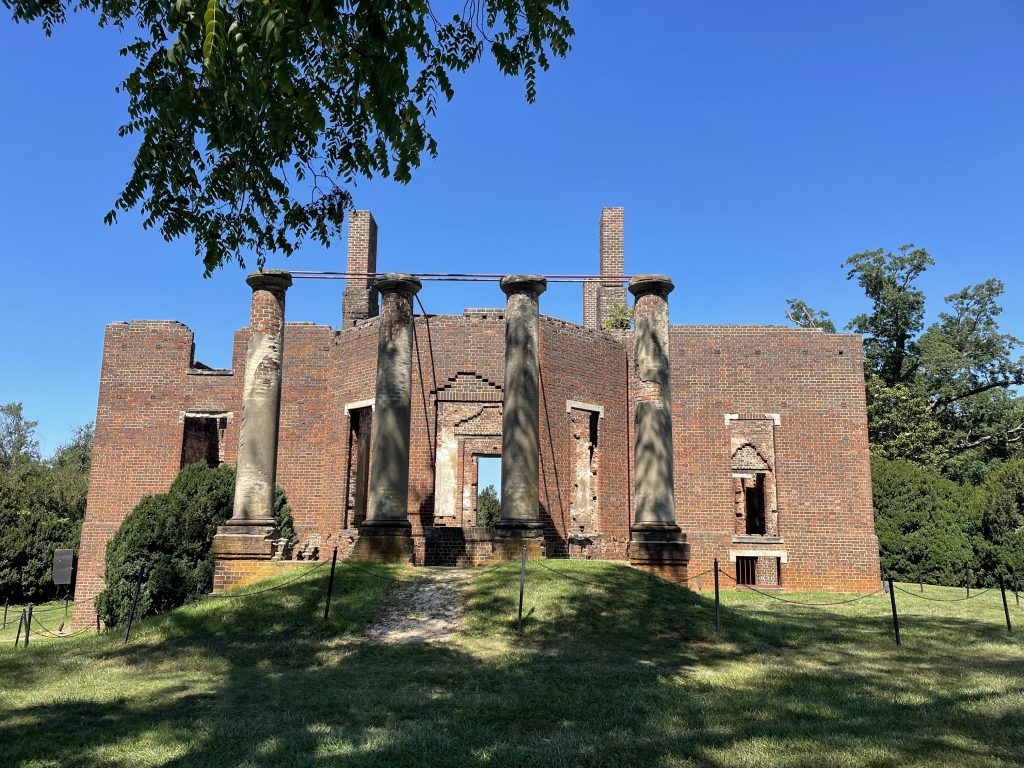
The home burned down Christmas Day 1884. The fire destroyed everything except the exterior brick walls, interior masonry partitions, and the portico columns.
In the accompanying picture you can make out the remains of a second story window on the left, but not on the right, where the two-story drawing room was. Jefferson’s design included a window for the sake of symmetry; it was not included in the final build. On one hand, it looks “off” from the outside, but on the other hand, a high-up unusable window from inside a two-story room is just weird.
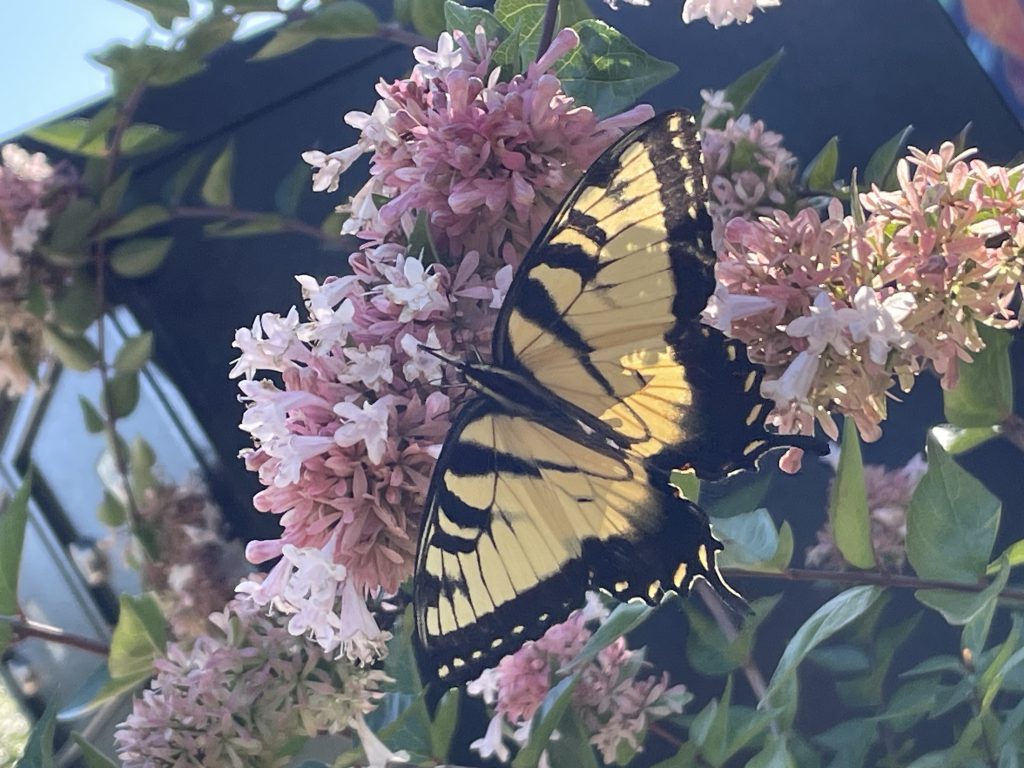
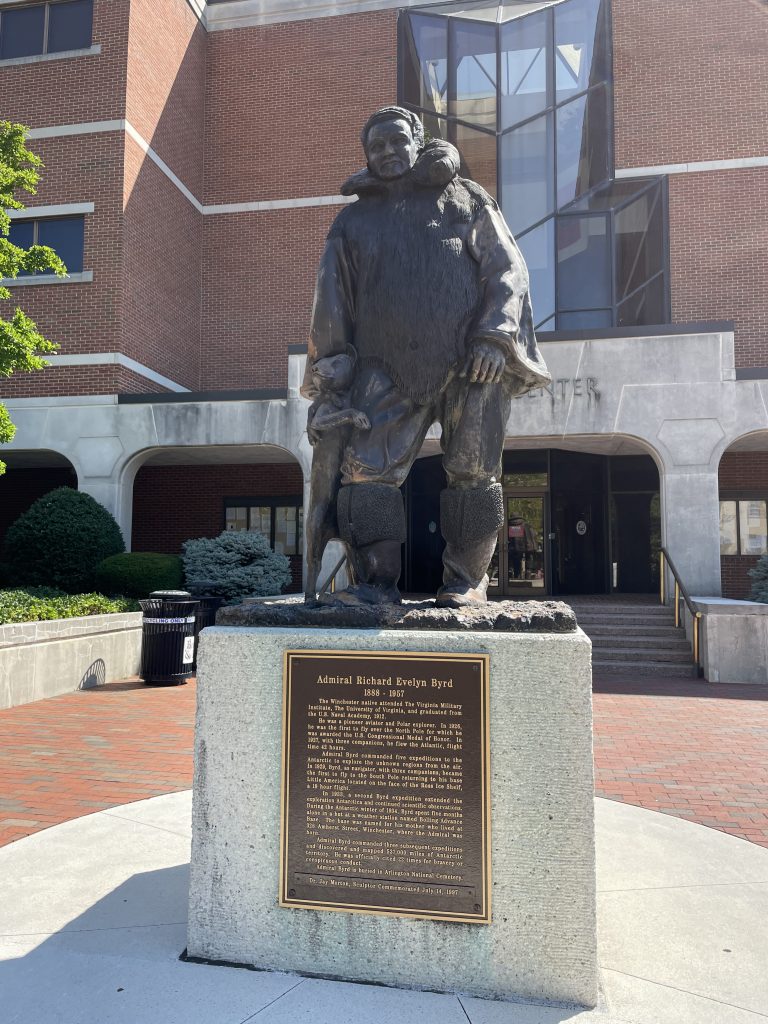
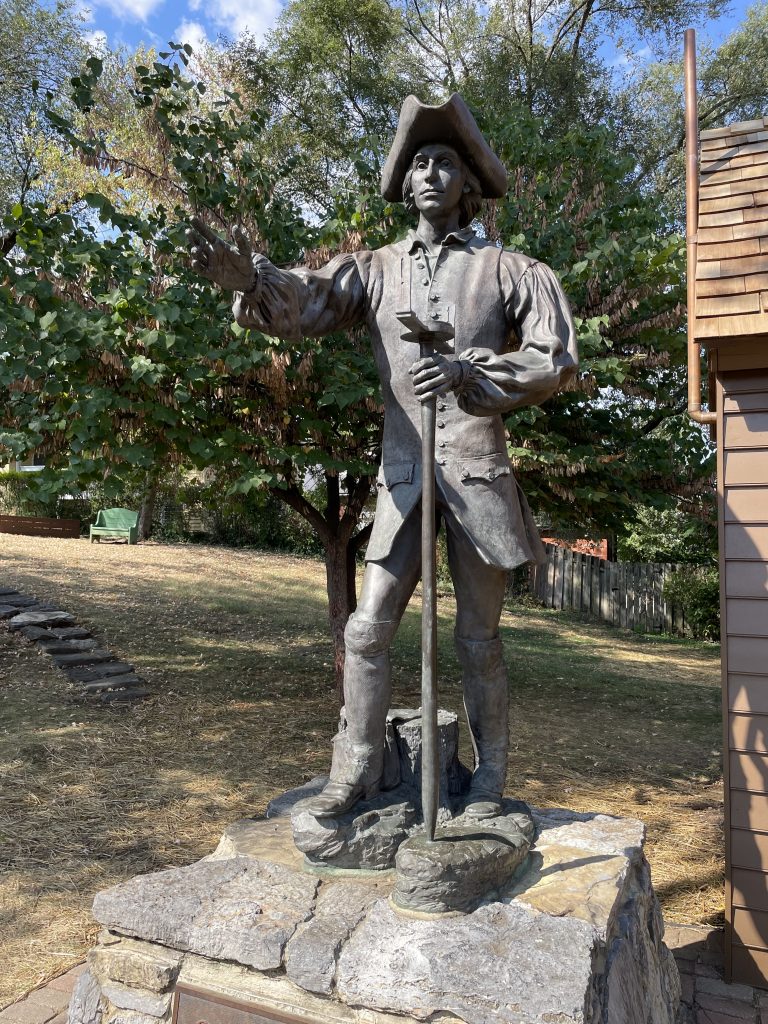
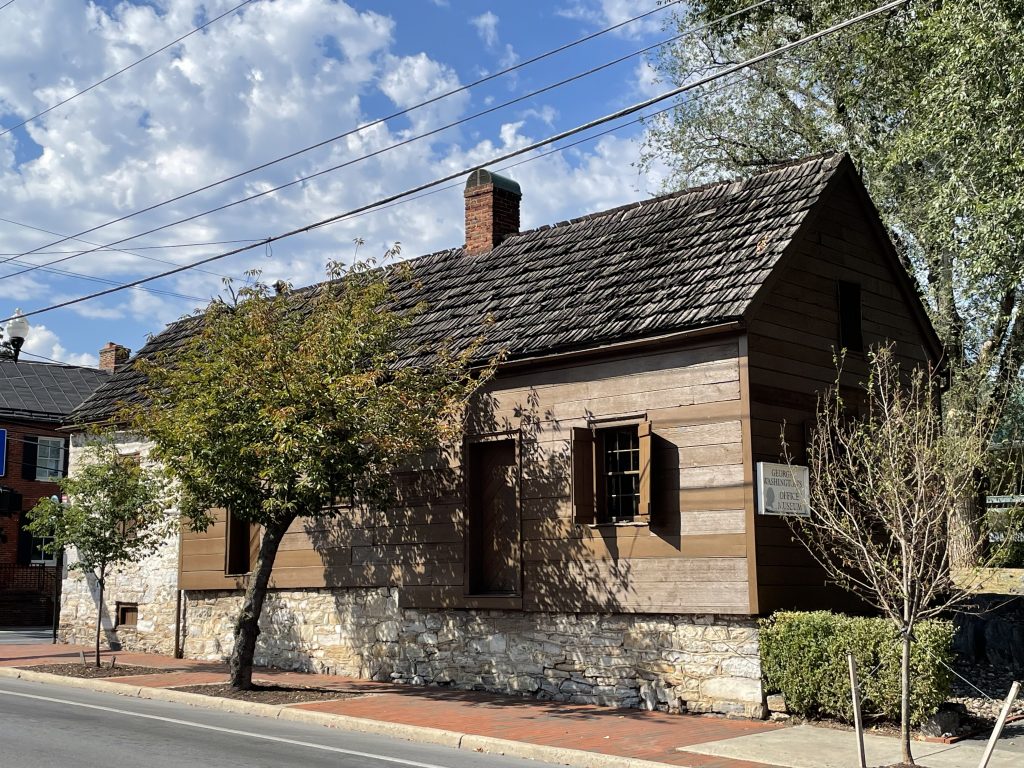
A portion of this log cabin in Winchester was used by George Washington as a military office during the construction of Fort Loudoun from September 1755 to December 1756.
There is almost nothing to see and I can’t believe they have the audacity to charge $6 a person for entry.
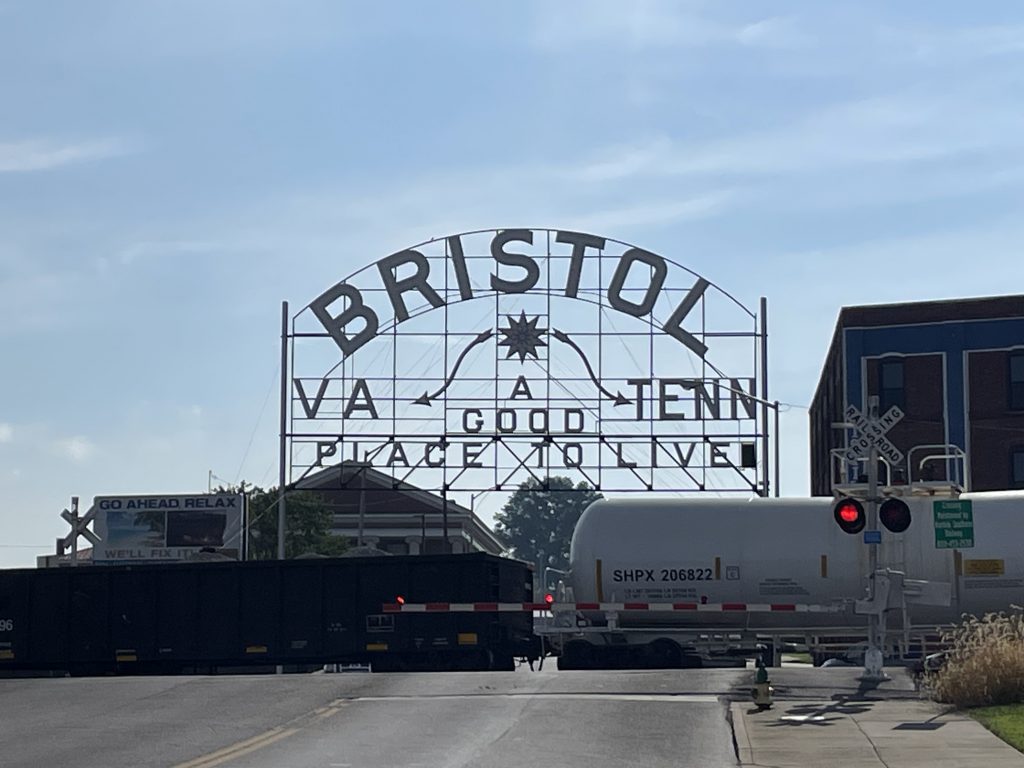
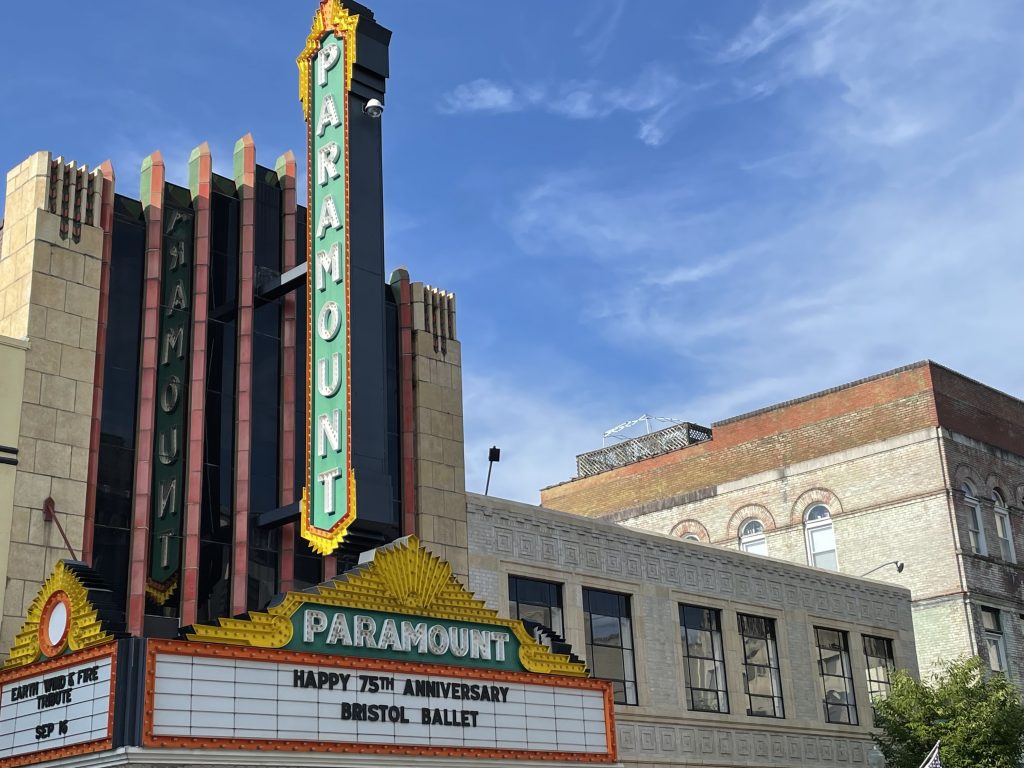
We like a fun story, so while in Charlottesville we went to see the grave of Anna Anderson. Who’s that? Oh, just Her Imperial Highness of Russia, commonly known as Anastasia! Except…well…maybe not.
The Tsar and Tsarina of Russia and their five children were murdered in 1918, but their bodies were hidden away. Over the years, this enabled many people to claim to actually be survivors of the massacre. In 1922, Anderson claimed she was the youngest daughter, Anastasia, and somehow her story had sticking power, even though her real identity (Franziska Schanzkowska of Poland) was uncovered in 1928.
It’s not clear how much was hoax and how much was Anderson’s mental illness, but she maintained she was royalty through the end. The real Anastasia’s body was finally discovered in 2007, with DNA proof putting an end to Anderson’s claims.
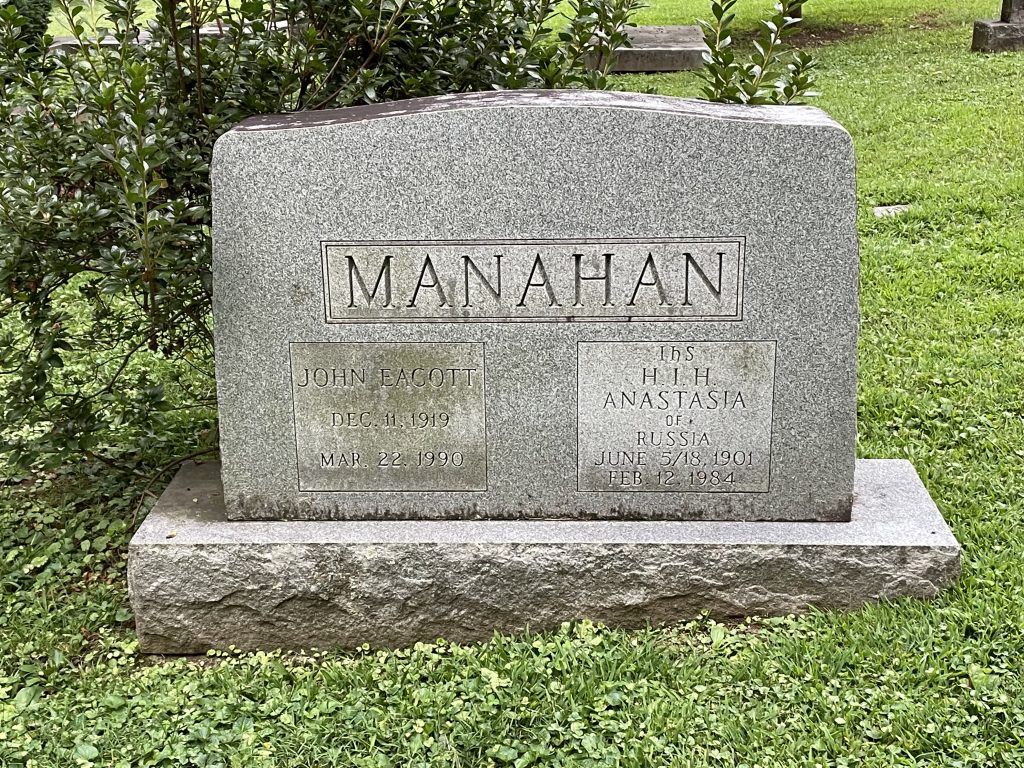

The Edith Bolling Wilson Birthplace Foundation and Museum is in Wytheville, and in desperate need of restoration work. The experience involves watching a video on Wilson, reviewing some family items on display, and a guided tour of empty rooms on the upper floors.
Wilson (1872-1961)came from a slave-owning family that lost its wealth at the end of the American Civil War. They moved to this house in reduced circumstances, squeezing in eleven children (though two died in infancy), along with grandmothers, aunts and cousins, who also lived there!
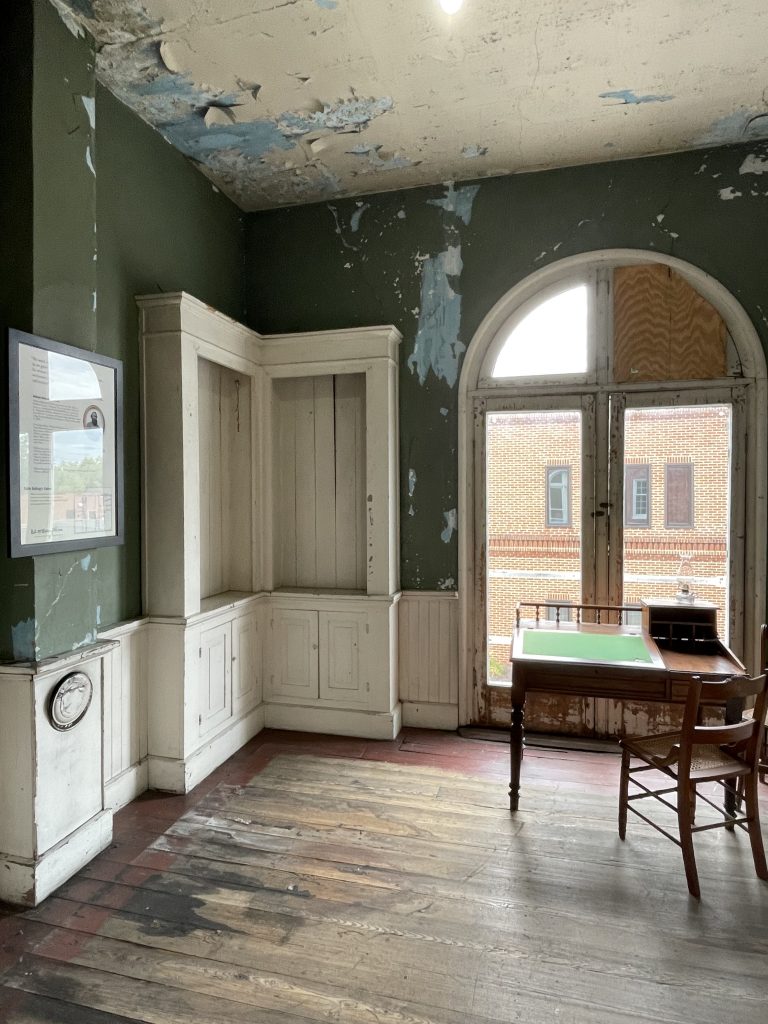
Wilson married President Woodrow Wilson (a second marriage for both, each having lost their first spouses) in 1915 during his first term in office. Wilson suffered a severe stroke in 1919, after which she managed the office of the president. While she claimed to have made no decisions (the President made them all from bed), she did decide what matters were important enough to bring to his attention, and therefore had a major impact whether she wants to call it that or not.
Untold Power: The Fascinating Rise and Complex Legacy of First Lady Edith Wilson by Rebecca Boggs Roberts tells the story, now on my to-read list.
